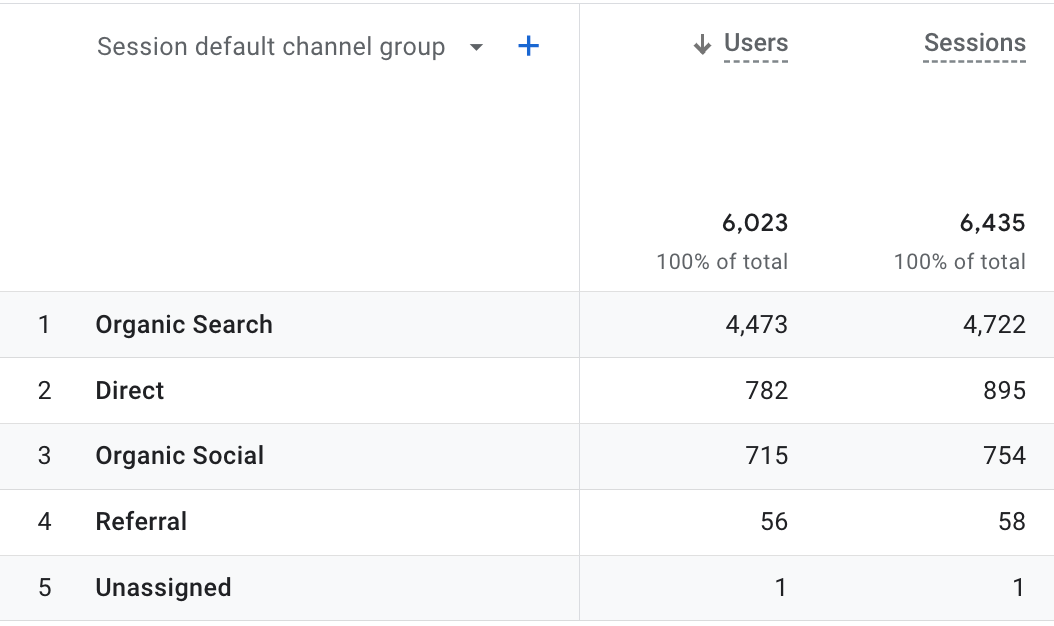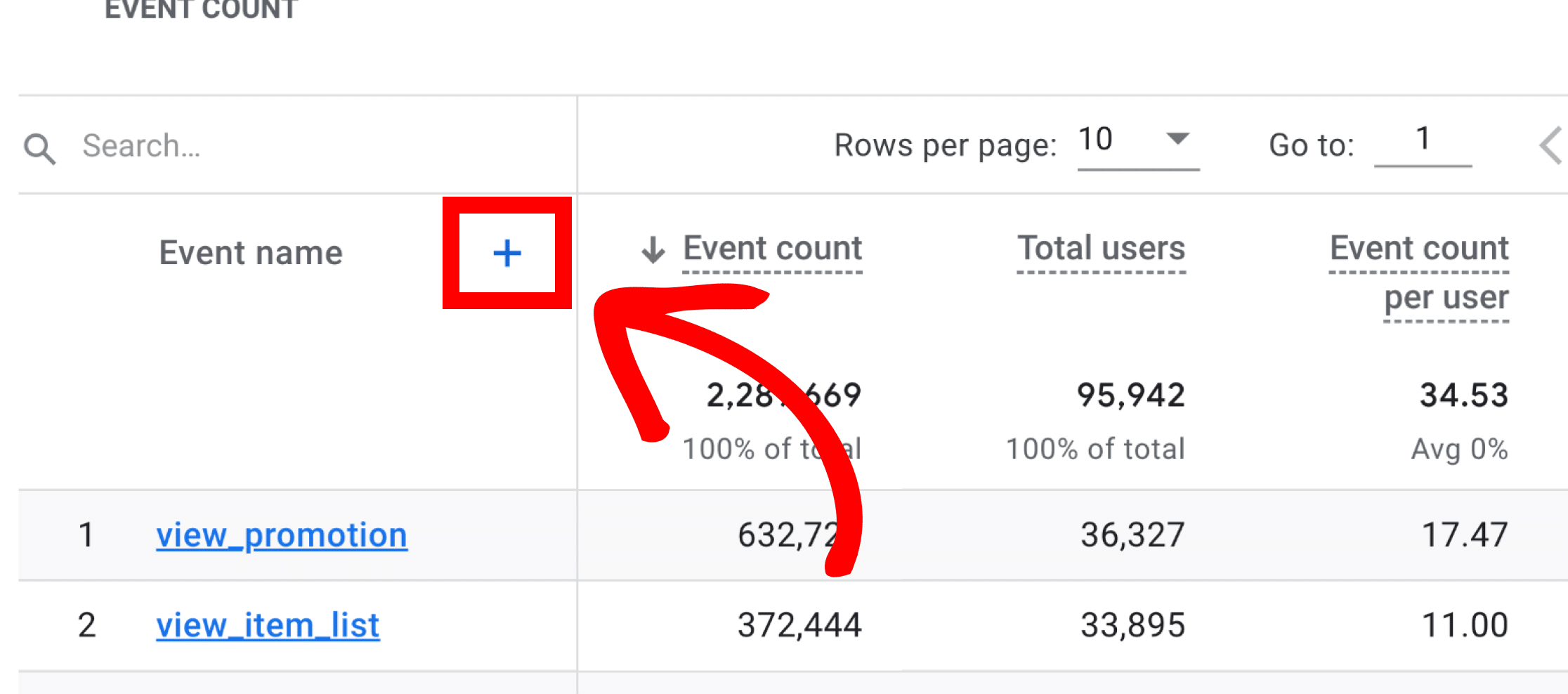A Comprehensive Guide to 'Secondary Dimensions' in Google Analytics: Insights Revealed
A Comprehensive Guide to 'Secondary Dimensions' in Google Analytics: Insights Revealed
Blog Article
Browsing the Midst of Second Measurement in Google Analytics: A Comprehensive Exploration on Its Functionality
Secondary dimensions, though apparently straightforward at initial look, harbor a wealth of untapped possible waiting to be taken advantage of. As we begin on this journey to explore the nuanced functionality of second measurements, we will certainly uncover just how this function can brighten patterns, introduce connections, and inevitably pave the method for notified decision-making in the digital landscape (what is a “secondary dimension” in google analytics?).
Recognizing Secondary Dimensions in Google Analytics

Comprehending exactly how secondary measurements job is vital for leveraging the complete power of Google Analytics. These dimensions assist you respond to extra intricate questions concerning individual actions and the efficiency of your web site web content and marketing initiatives. For instance, you can use second measurements to assess which browsers or gadgets are most frequently made use of by site visitors that purchase, or to contrast the bounce prices of various web traffic sources. By combining primary metrics with additional measurements, you can obtain beneficial insights that drive notified decision-making and optimization techniques - what is a “secondary dimension” in google analytics?.
Leveraging Secondary Measurements for Information Analysis
Building upon the fundamental understanding of exactly how second dimensions enhance data evaluation in Google Analytics, the application of these added layers of info becomes extremely important in drawing out useful understandings for informed decision-making and optimization methods. By leveraging additional dimensions, experts can dive much deeper into the performance metrics by adding more context to the main measurements, hence uncovering surprise patterns and relationships that might not appear at first glance. This much deeper degree of analysis makes it possible for services to much better recognize customer actions, identify trends, and identify areas for enhancement.
Moreover, additional dimensions offer an even more extensive sight of the data, enabling division based upon different criteria such as demographics, tools, traffic sources, and more. This segmentation helps with a much more granular evaluation, making it possible for companies to tailor their projects and methods to certain audience sections for enhanced targeting and personalization. In essence, the tactical usage of second dimensions encourages companies to make data-driven choices that drive development and success in the digital landscape.
Advanced Techniques for Additional Dimension Execution
Checking out complex methods to harness the complete capacity of additional dimensions in Google Analytics raises the depth and class of data analysis for calculated decision-making. One sophisticated technique for carrying out secondary dimensions is the use of custom-made dimensions. Additionally, incorporating additional measurements with innovative segments can give even more granular understandings by using multiple layers of division to the information.
Interpreting Insights With Second Measurements

When translating understandings through secondary measurements, it is vital to think about the context of the data and how different measurements engage with each other. Understanding which certain website traffic sources lead to greater conversion rates or identifying which gadgets customers choose for making purchases can give actionable understandings for optimizing marketing projects and improving total internet site performance. By meticulously checking out the information with secondary measurements in mind, organizations can make educated choices that drive meaningful outcomes and boost their digital presence.
Optimizing Efficiency With Secondary Measurements

One crucial means to enhance efficiency with second measurements is by segmenting data much more granularly. This permits you to separate details factors that may be influencing your metrics and acquire a better understanding of what drives success or failure in your electronic campaigns. By incorporating additional dimensions such as 'device group' and 'touchdown page,' you can identify which device types are most reliable for specific touchdown web pages, allowing you to customize your strategies accordingly.
Additionally, read the full info here using second measurements can aid you recognize trends, patterns, and correlations that might not be obvious when analyzing information with main dimensions alone. This deeper level of evaluation can lead to more educated decision-making and ultimately boost the total performance of your site or digital advertising and marketing campaigns.
Final Thought
In conclusion, secondary dimensions in Google Analytics play an essential function in enhancing information analysis and giving deeper understandings into web site performance. By using advanced techniques and interpreting the data efficiently, services can optimize their strategies and improve general performance. Understanding the functionality of secondary measurements is essential for making educated choices and driving success in the digital landscape.
By leveraging secondary measurements, analysts can delve deeper right into the efficiency metrics by adding more context to the key dimensions, thus revealing concealed patterns and connections that could not be evident at very first look. One innovative technique for carrying out additional dimensions is the usage of custom measurements.Having actually grasped advanced strategies like customized dimensions and regex for secondary dimension application in Google Analytics, the following essential action is analyzing the valuable understandings derived via these innovative data division methods. Analyzing understandings via secondary measurements includes evaluating the partnerships in between the secondary and primary measurements chosen, uncovering patterns, fads, and connections that might not be quickly noticeable when looking at the data in its whole.When analyzing insights through secondary dimensions, it is important to take into consideration the you could try this out context of the information and just how various dimensions communicate with each other.
Report this page